Brian Sun Kim
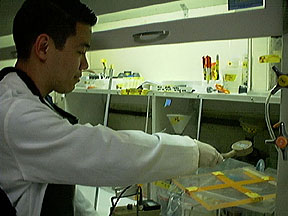
Brian will investigate apoptosis, an active choice made by an individual cell to embark on a pathway that ultimately results in its demise. It is generally accepted that apoptosis plays an important role in eliminating damaged cells and maintaining a stable cellular environment; however, relatively little is known about the regulator and effector molecules that may be involved in initiating and relaying apoptotic signals. By increasing our understanding of the regulatory role of the serum and glucocorticoid regulated kinase (sgk) protein in apoptotic signaling, Brian’s project will have implications for […]
John Davis Long

Philosophers and scientists alike have puzzled over the question of how we experience the visual world. A double major in Molecular & Cell Biology and Philosophy, John will take up this question from a scientific perspective for his Senior Honors Thesis in MCB. Focusing on the transmission of information between the thalamus and the cortex, he will use the electrophysiological methods of extracellular stimulation and whole-cell recording, in order to study synaptic transmission from the lateral geniculate nucleus to the input layer of the primary visual cortex in an in […]
Andrew Pascall
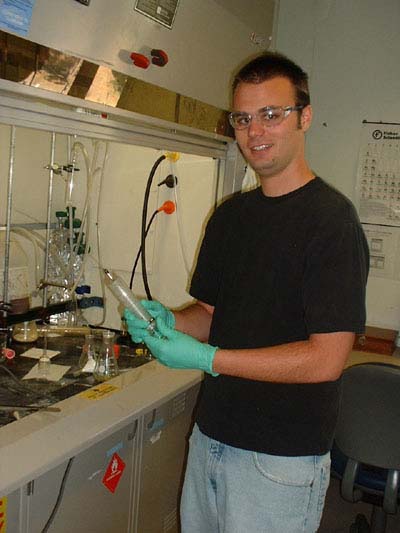
With costly Superfund cleanups making headlines recently, companies have realized that the most financially prudent solution to dispose of hazardous waste is not to produce it at all. In order to reach this goal, new heterogeneous catalysts will need to be developed that have high selectivity and activity in non-hazardous solvents. Andrews project will focus on the Knoevenagel condensation, a reaction important to industries from food additives to textiles. Generally, this reaction is performed in an organic solvent, many of which are carcinogenic. Andrews research will focus on the design […]
Shahrzad Abbassi-Rahbar
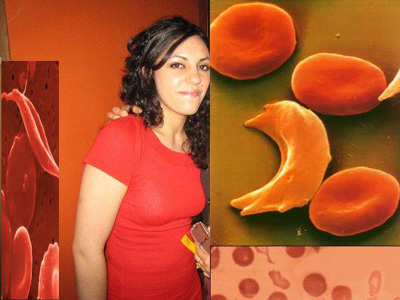
Thalassemia is a disease common to 60 countries worldwide, with high prevalence in Middle Eastern countries. The Iranian population consists of many who exhibit the beta-thalassemia hemoglobinopathy, which reduces red blood cells ability to carry oxygen, and even more who are carriers of this life-threatening disease. In the past, most of the children born with beta-thalassemia failed to survive during the first decade of life. Medical advances have recognized that placental and umbilical cord blood of a newborn is a rich source of blood stem cells, which can replace the […]
Andre Lai

Characterizing the relationship between every cell type is necessary for understanding the human body and advancing human medicine. One major technological hurdle involves the ability to isolate, manipulate, and analyze individual cells in a high-throughput fashion. Existing methods are plagued by low cell capture efficiency and limited user control. For his project, Andre aims to design, fabricate, and test a novel microfluidic device that will address these limitations. He will achieve this by incorporating a multiplex design with layered architecture and integrated elastomeric valves to enable complete isolation, imaging, and […]
Kristophe Green
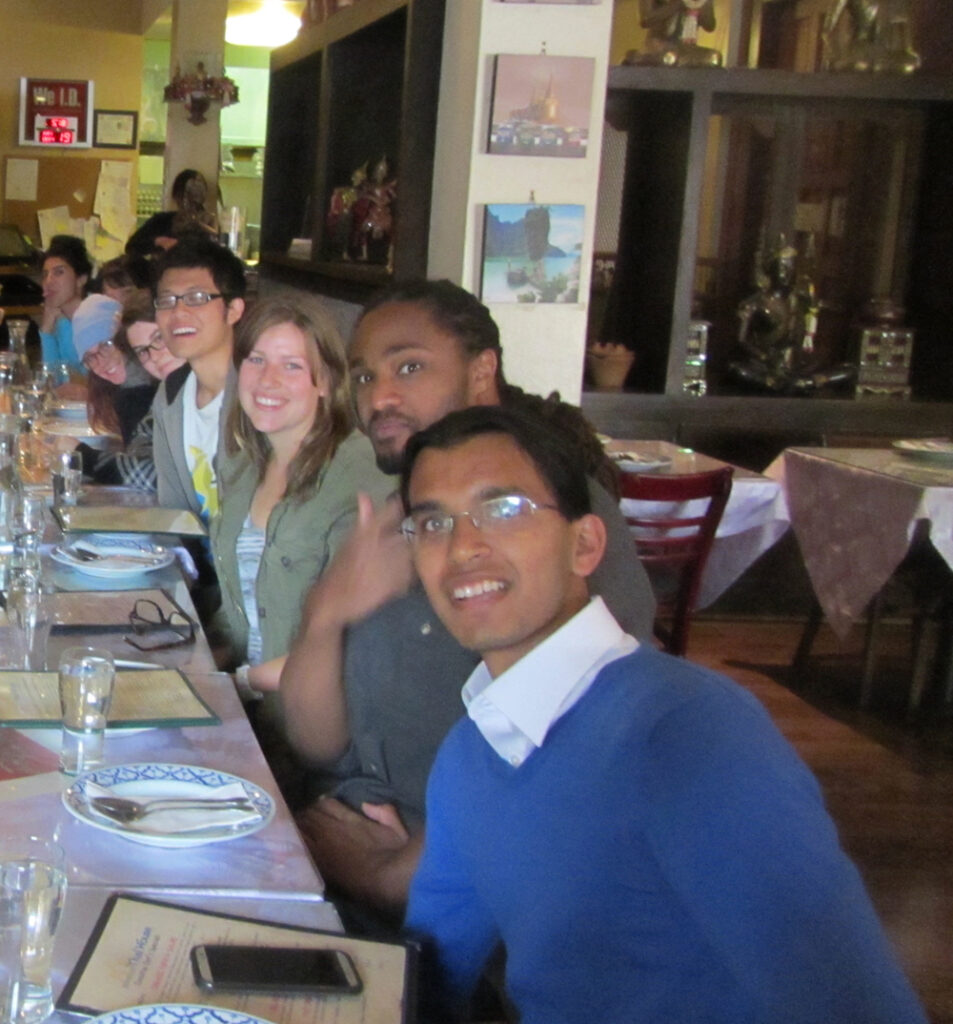
Researchers have found that, in general, positive emotions lead to greater creativity (operationalized as increased cognitive fluency, flexibility, and divergent thinking) than do negative emotions. Increasingly, innovations and gamechanging insights are the product of not one creative person, but teams of people working together to produce results. It is essential to understand how creativity functions within groups, and how/which emotions play a role in increasing the creativity of these groups. Kristophes proposed research project addresses the question of how different positive emotions influence group creativity. Specifically, he will test whether […]
Caolan John
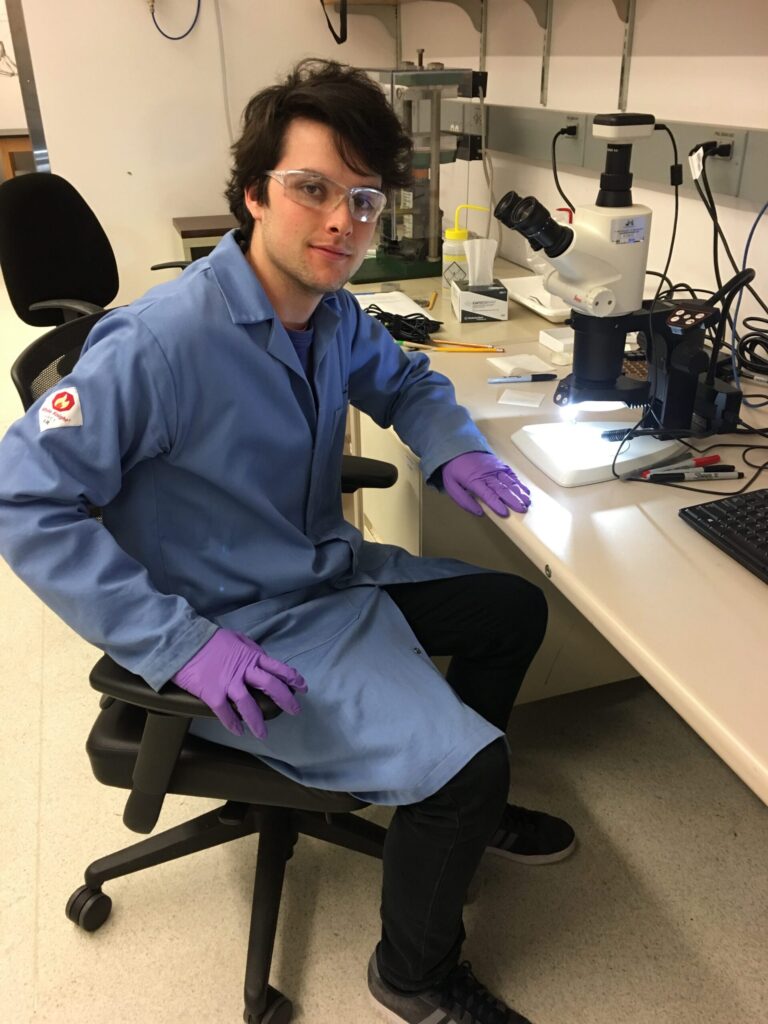
Since last decades discovery of graphene, scientists have searched for its magnetic cousin: a magnetic material that can be cleaved down to a single monolayer thickness. One relatively little-studied family of suitable materials is the transition metal selenophosphates, a class of layered, van der Waals-bonded semiconductor materials. Caolan aims to synthesize single crystals of two members of this family, FePSe3 and NiPSe3, in order to perform magnetization measurements in an effort to understand the role of selenium in determining the direction of magnetic ordering. These materials are exciting candidates for […]
Sophia Sage Elia
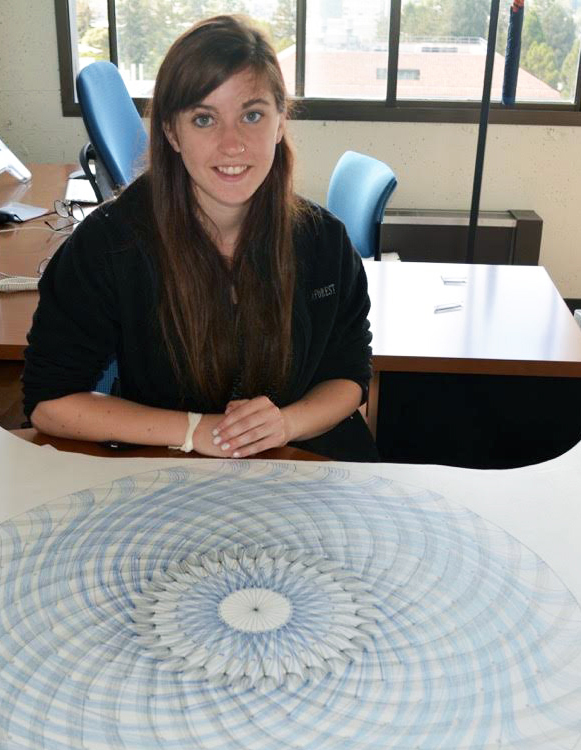
Sophia is studying regular embeddings of complete graphs on powers of two vertices. A complete graph is one in which each vertex is connected to each other vertex. Loosely, if one starts with a prime power number of vertices, it is possible to symmetrically connect the vertices in such a way that none of the connecting lines cross on the surface of a torus (think doughnut) with a certain number of holes. There isn’t a constructive way to create a visual representation of the embedding of the graph. Sophia’s project […]
Jasmine Jan

Current Bio: Jasmine is a first year MS/PhD at Berkeley in EECS. Haas Scholars Project: One focus of point-of-care devices is to improve accessibility of essential diagnostic tools by utilizing miniaturized, accurate and low-cost optical systems. Printed organic optoelectronics are one such technology that have the potential to improve the optical sensing schemes of these systems. Because organic optoelectronics are processed in solution, they can be easily scaled for large-area manufacturing and roll-to-roll processing, leading to low-production costs. Jasmine aims to design a point-of-care device utilizing printed optoelectronics for fluorescent […]
Celia Cheung

Current Bio: After graduation, Celia spent a year researching abroad at Imperial College London, funded by the Whitaker Fellowship in biomedical engineering. In August 2016, she started medical school at UC Irvine, and is expected to graduate in June 2021. Currently, she is taking a year off to do more bioengineering research, but eventually plans to enter medical residency for pediatrics. Her passion is both for clinical practice as well as finding engineering solutions to unmet clinical needs. Haas Scholars Project: Alzheimers disease is the 6th leading cause of death […]